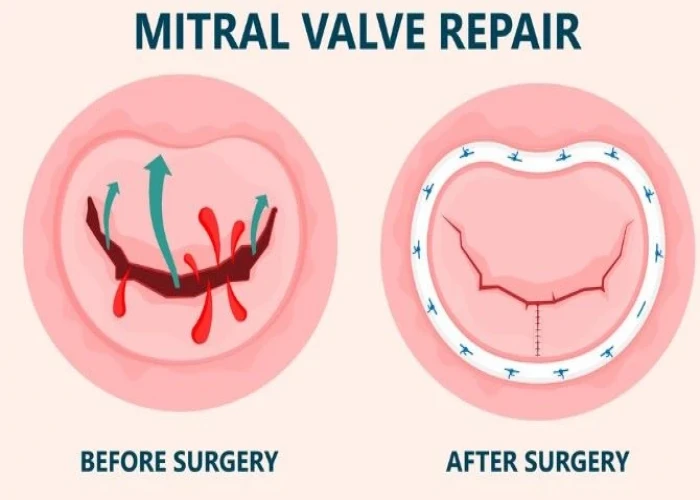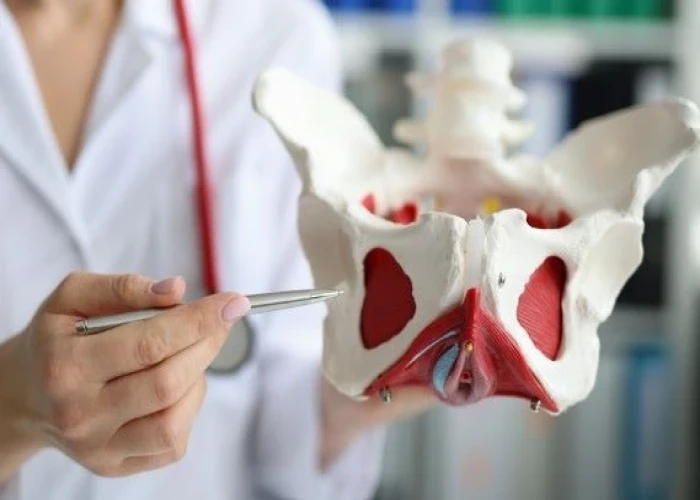 Welcome
Welcome
“May all be happy, may all be healed, may all be at peace and may no one ever suffer."
Pelvic organ prolapse

Pelvic organ prolapse is a condition in which one or more pelvic organs, such as the uterus, bladder, or rectum, descend into or protrude from the vagina. This happens when the pelvic floor muscles and tissues become weakened, stretched, or damaged, often due to childbirth, menopause, aging, obesity, or chronic coughing.
The symptoms of pelvic organ prolapse can include:
- A feeling of pressure or heaviness in the pelvic area
- A bulge or protrusion from the vagina
- Pain or discomfort during sexual intercourse
- Difficulty urinating or having a bowel movement
- Incontinence (involuntary leakage of urine or feces)
The diagnosis of pelvic organ prolapse involves a pelvic exam by a healthcare provider. Imaging tests, such as ultrasound or MRI, may be used to assess the extent of the prolapse.
Treatment options for pelvic organ prolapse depend on the severity of the prolapse and the impact on a woman's quality of life. Mild cases may be managed with lifestyle modifications, such as weight loss, pelvic floor exercises, and avoiding heavy lifting. In more severe cases, treatment may involve the use of a pessary, a device that is inserted into the vagina to support the prolapsed organs. Surgery may also be an option, particularly if the prolapse is causing significant symptoms or complications.
Prevention of pelvic organ prolapse includes maintaining a healthy weight, avoiding heavy lifting, and practicing pelvic floor exercises to strengthen the muscles and tissues that support the pelvic organs. Women who are pregnant or planning to become pregnant can also reduce their risk of developing pelvic organ prolapse by practicing good prenatal care and delivery techniques.
Research Papers
Disease Signs and Symptoms
- Pelvic pain
- Sensation of pelvic pressure
- Pelvic pain during intercourse
Disease Causes
Disease Prevents
Disease Treatments
Disease Diagnoses
Disease Allopathic Generics
Disease Ayurvedic Generics
Disease Homeopathic Generics
Disease yoga
Pelvic organ prolapse and Learn More about Diseases

Mitral valve prolapse

Alzheimers disease

Muscle strains

Cushing syndrome

Measles

Complicated grief

X-linked agammaglobulinemia

Encephalitis
pelvic organ prolapse, পেলভিক অরগান প্রোলাপস, পেলভিক অঙ্গ প্রল্যাপস
To be happy, beautiful, healthy, wealthy, hale and long-lived stay with DM3S.
